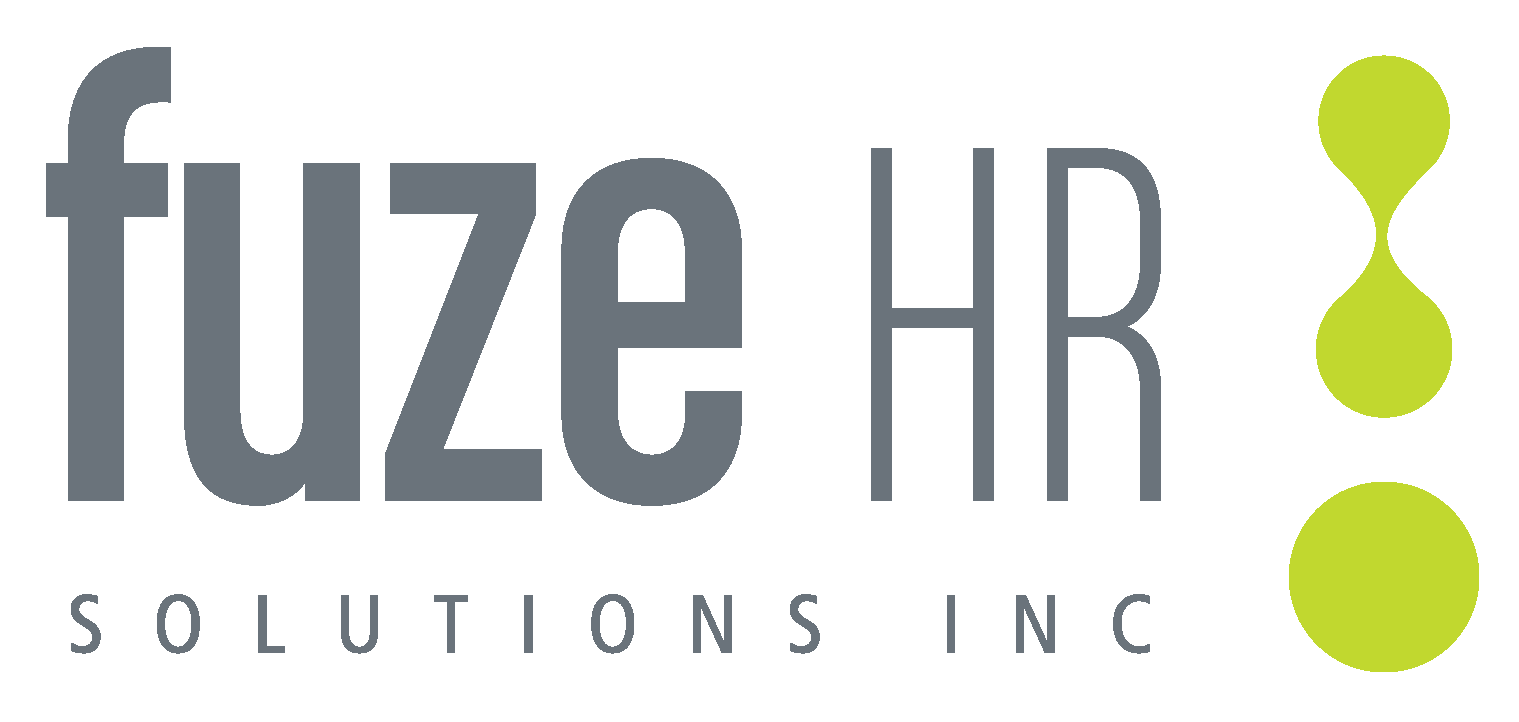As a human resource (HR) or Talent acquisition, you are task to find the right person to match a job description, but what if you are hiring for a role you are not familiar with?
It is already challenging to find the right person who fits the job description and company’s culture. This is a common challenge for most hiring managers, recruiters or TAs, and having to recruit for a role you know little about could be more dreadful.
How can you make sure you comprehend the unfamiliar role and find the right candidates? Follow these 3 steps to get started:
1. Research
2. Conduct a thorough interview
After you gained a good understanding from the in-depth research, you should apply this knowledge during your interview with the candidate. While conducting the interview, here are the best practices you should follow for any non-regular roles.
Have a checklist. Use all the knowledge, experience and tasks you learn from step 1 during your resume screening and see which candidates suit the profile.
Look for both hard skills and soft skills. A good candidate should have a good balance of hard and soft skills. Hard skills are the quantifiable ability that can be learned; soft skills are based on behavioural and personality traits. A candidate with the right experience, knowledge and personality will be a good fit for the role and jump start on the first day.
Conduct the experimental interview. Experimental interviews are more than a traditional ones, it will involve the candidate to showcase their skills through demonstrations or assessments. For example, if you are hiring a graphic designer, you can ask them to do a design assignment. Or if you are looking for an administrative professional, you can test their Microsoft Office skills through an assessment. Then you can consult someone internally to determine if this candidate is a good fit based on these results.
3. Ask for feedback
When the hiring process is complete, pay attention to your new hire on the job. It is best to ask for feedback from the team manager and the candidate so you can improve on different areas of your hiring process in similar roles.




